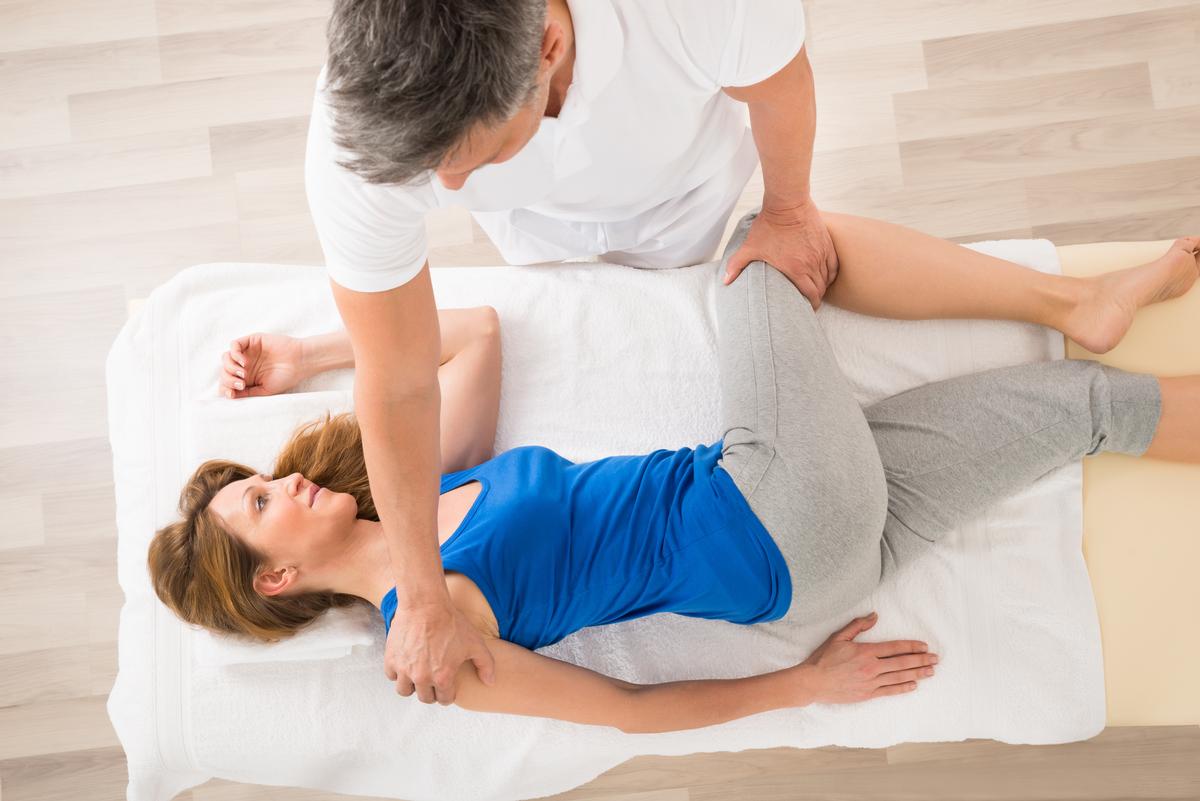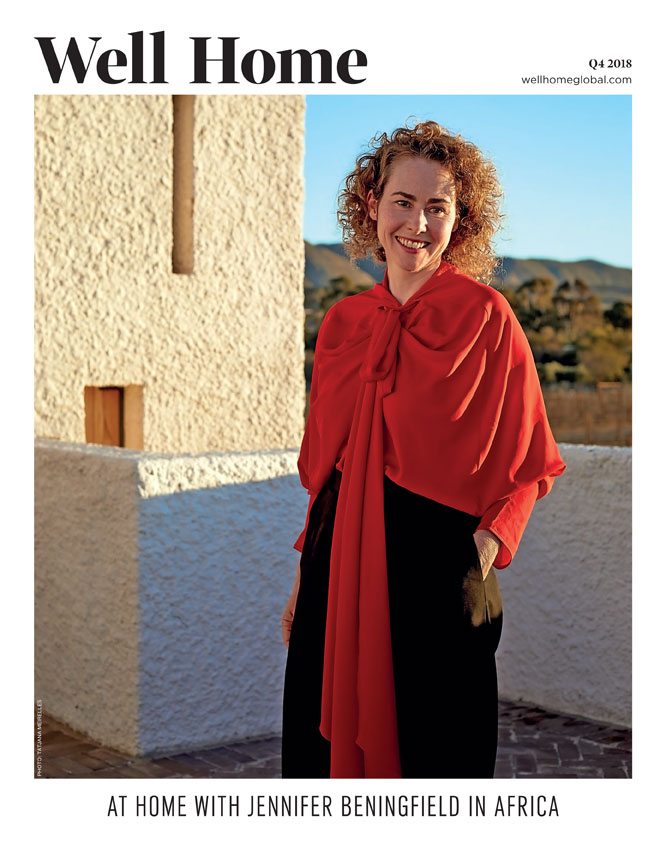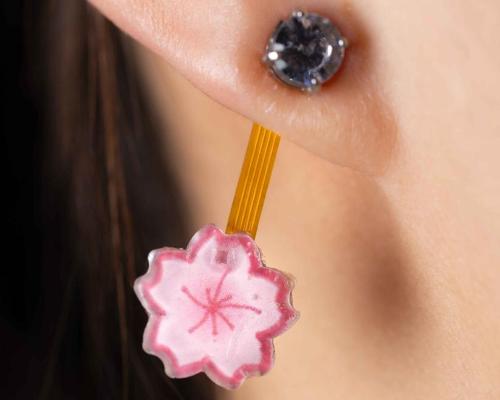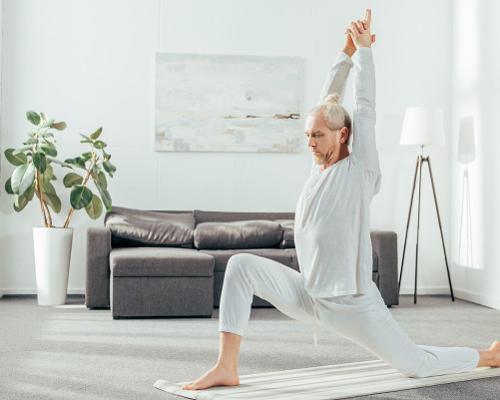Researchers from Colorado State University and the University of Kentucky have shown that massage can increase the re-growth of muscle tissue after an injury – even when applied to the opposite, uninjured limb.
In a paper published this month in The Journal of Physiology, the researchers showed that muscle grew faster after a massage because protein production in cells was improved. They also showed that when one leg was massaged, muscle in the other leg also grew faster.
The discovery could spell improvements for people on bed rest, the elderly or those having a prolonged hospital stay, as muscle is lost quickly during periods of disuse and is difficult to grow back – particularly in the elderly.
Karyn Hamilton and Ben Miller, faculty members at CSU’s Department of Health and Exercise Science and authors of the paper, said the concept that massaging one limb might also lead to benefits in another non-massaged limb is groundbreaking.
“For instance, if you injured one leg and couldn’t massage it because of that injury, we now have evidence suggesting that massaging the other non-injured leg could lead to benefits in the injured leg,” said Hamilton. “That’s a novel finding with potentially very important implications.”
The researchers used rats which underwent a period of inactivity to decrease muscle mass, then were allowed to recover. During the recovery period, the rats were massaged every other day for a week, and the researchers analysed the muscle for the size of muscle fibers, protein production, presence of other cells (such as muscle stem cells) and communication in the cells that programmes them to grow.
Miller said he is hopeful the study will have similar implications for people, with the research team beginning similar studies with human participants at the University of Kentucky.
“We foresee that massage could be used in situations where other treatments, such as exercise, can’t be applied: in the intensive care unit and in patients who are under non-weight-bearing orders after orthopaedic surgeries,” said Esther E Dupont-Versteegden, an investigator at the University of Kentucky’s College of Health Sciences.























